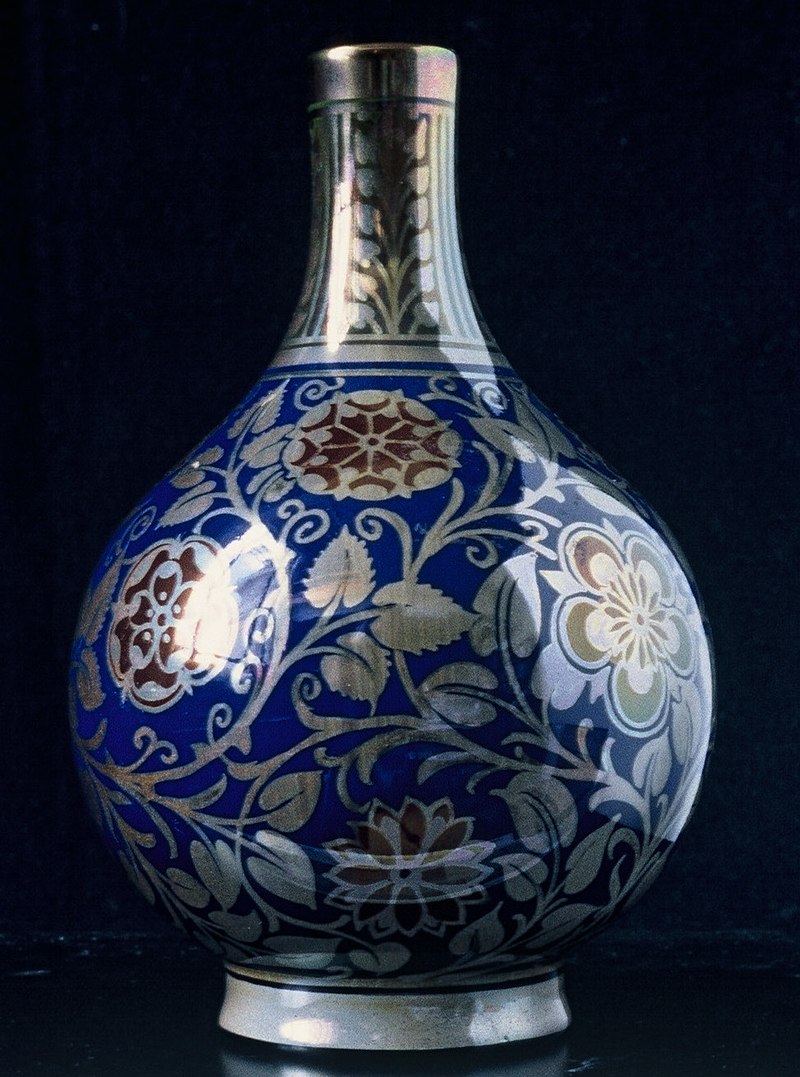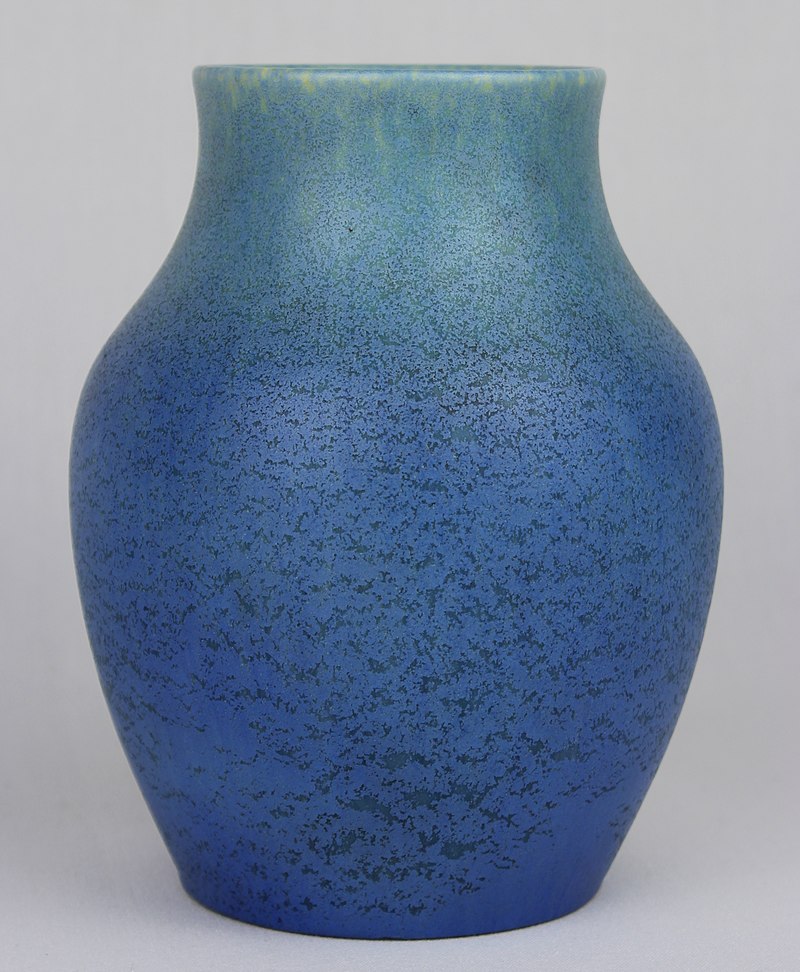Pilkington’s Lancastrian Pottery & Tiles was a manufacturer of tiles, vases and bowls based in Clifton near Pendlebury, Greater Manchester, England, established in 1892. Production of their art pottery ceased in 1938, but the company continued to manufacture tiles. Pottery production was restarted in 1948, but had once again ceased by 1958. The company went into administration in 2010, when it finally closed.[1]
History
In 1889 the Clifton and Kersley Coal CompanyCoal mining company that operated on the south side of the Irwell Valley on the Lancashire Coalfields. sank a pair of pit shafts with the intention of working the coal seams lying adjacent to the geological feature known as the Pendleton FaultGeological fault stretching for about 20 miles (32 km) from Bolton in Greater Manchester in the north along the Irwell Valley through Pendleton and south to Poynton in Cheshire.. But the work became increasingly difficult owing to the excessive quantity of water that was encountered. When it became clear that the work would not produce coal, the four Pilkington brothers who owned the company – Alfred, Charles, Lawrence and Edward – decided to use the marl[a]Marl is a composite of clay and calcium carbonate, usually formed at the bottom of bodies of fresh water.[2] that had been encountered to make glazed bricks,[3] but it proved to be unsuitable for the purpose.[1]
By chance the secretary of the coal company knew William Burton, a chemist working for Josiah Wedgwood and Sons. Burton tested the marl and suggested that a more commercial venture would be to make tiles. Decorative tiles were then becoming quite fashionable, and were in high demand. And the site of the proposed factory had many advantages: it was close to Clifton Junction railway station, adjacent to Fletcher’s Canal, and there was abundant coal nearby from the Wet Earth Colliery. William Burton joined the company as manager, and his brother Joseph as assistant manager, and the production of decorative tiles began in January 1893.[4]
William Burton’s drive and charisma soon attracted many gifted artists and craftsmen to the new company, and to show off the new and fine glazes they developed to their best advantage it was decided to expand into the production of pottery.[1] With the company’s chemist, Abraham Lomax, the Burtons developed a wide range of different types of glaze, and introduced the wares painted in coloured lustres for which Pilkington’s is probably best remembered today.[5] The company chose the name Lancastrian for their new ware because they were based in the historic county of Lancashire; some of the better-known later glazes took their name from Manchester, the Cunian glazes.[1][b]The recorded history of Manchester begins with the civilian settlement associated with the Roman fort of Mancunium in about 79 AD.[6]
Decline
Pottery production ceased in 1938,[7] but the company continued to make tiles until it went into administration in 2010.[1] A distinctive type of ware produced in the final years was glazed with a formula containing compounds of uranium, resulting in a bright orange colour. But with the disadvantage of being radioactive, “it has been suggested by experts that one should not store a large number of such pieces in a closed cabinet. Opening the door after a prolonged period could be equivalent to receiving an X-ray”.[8]


